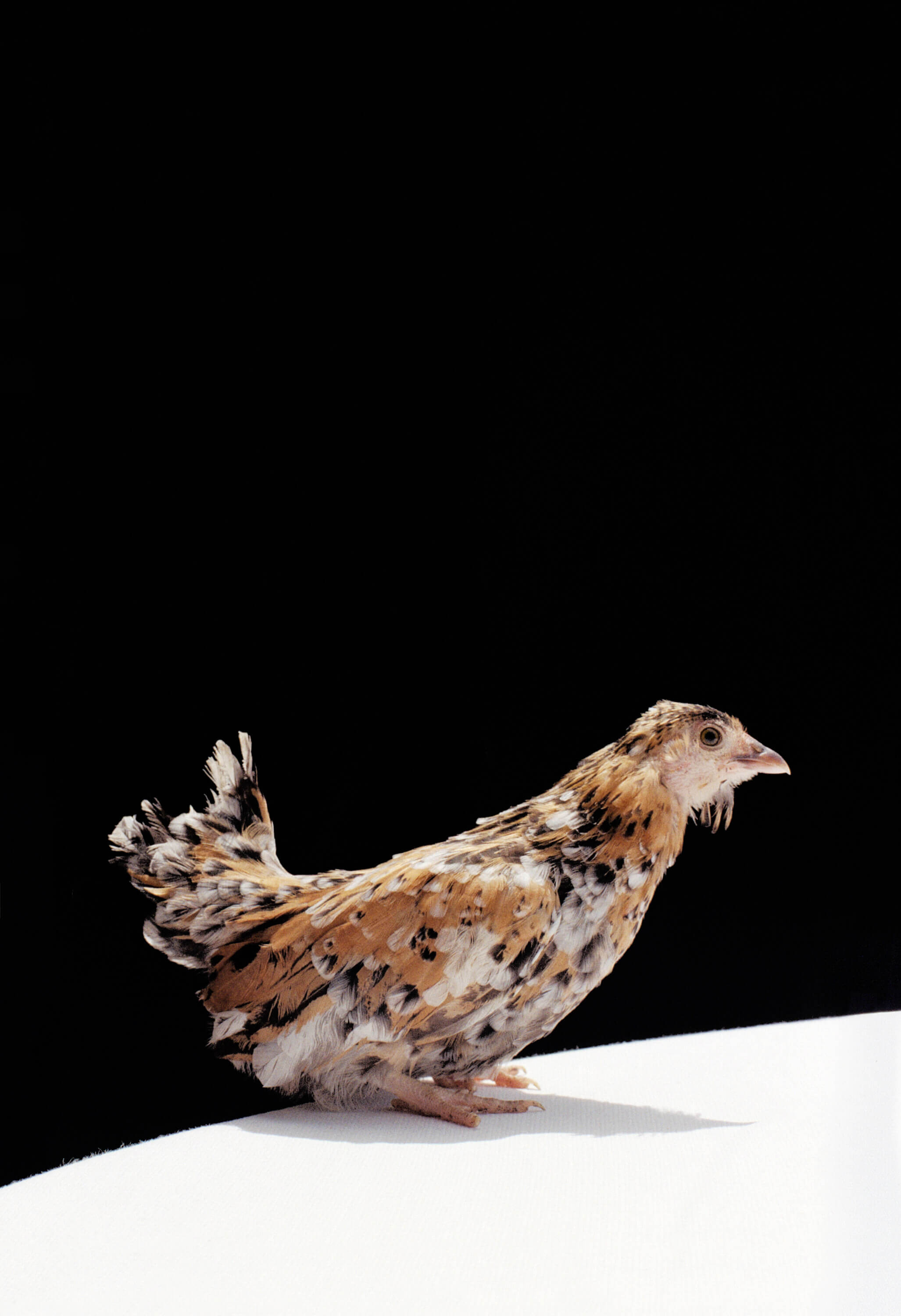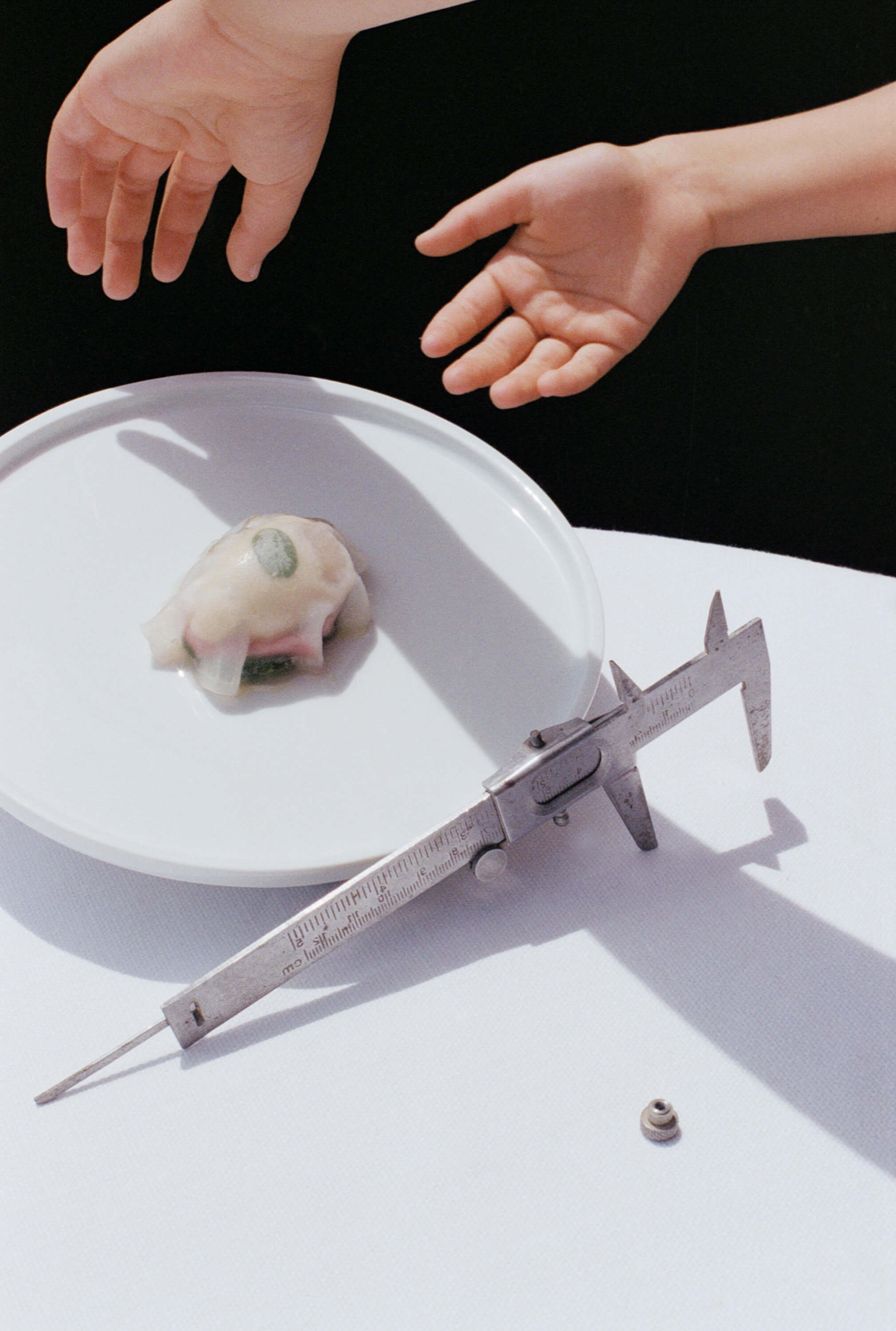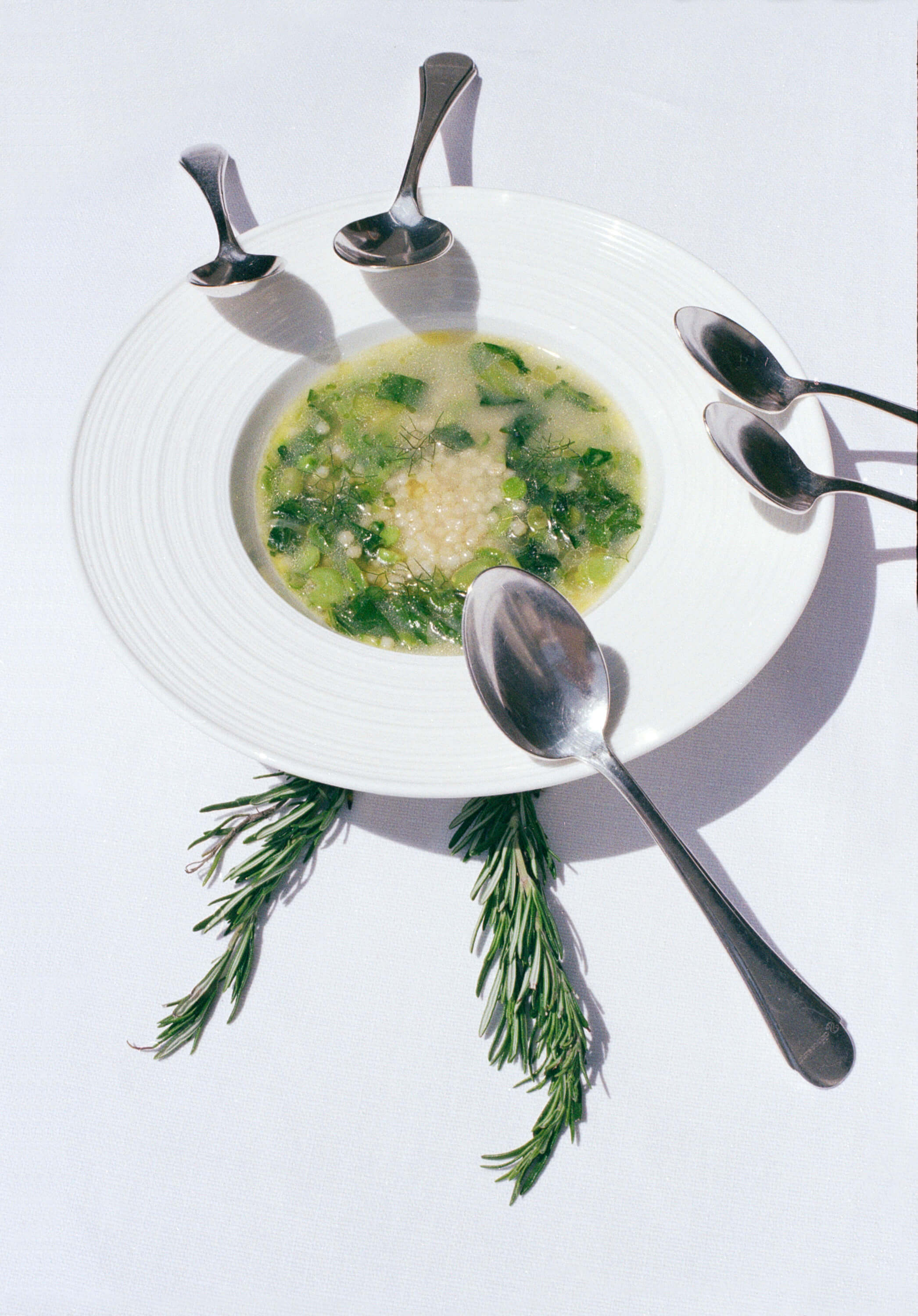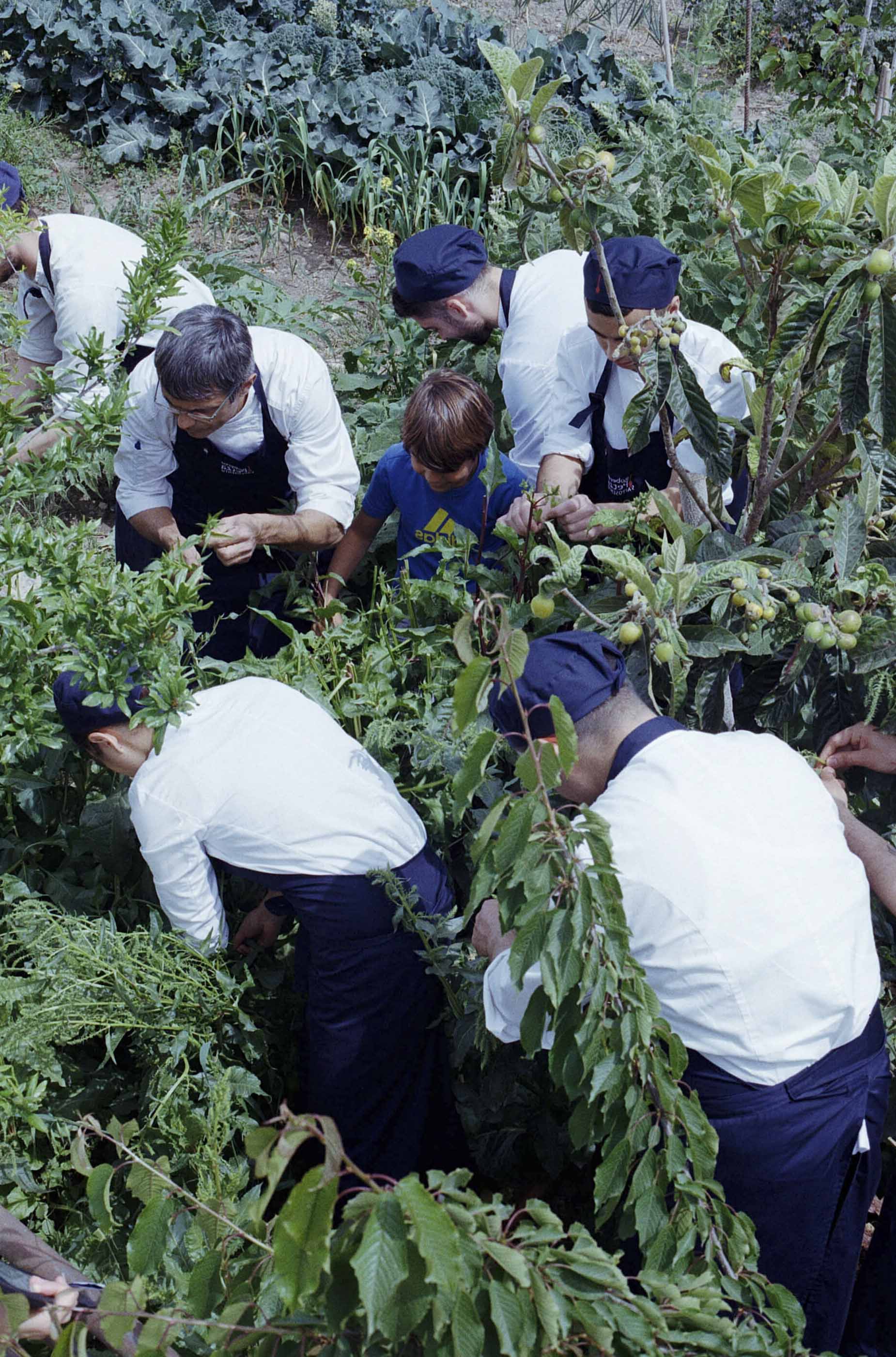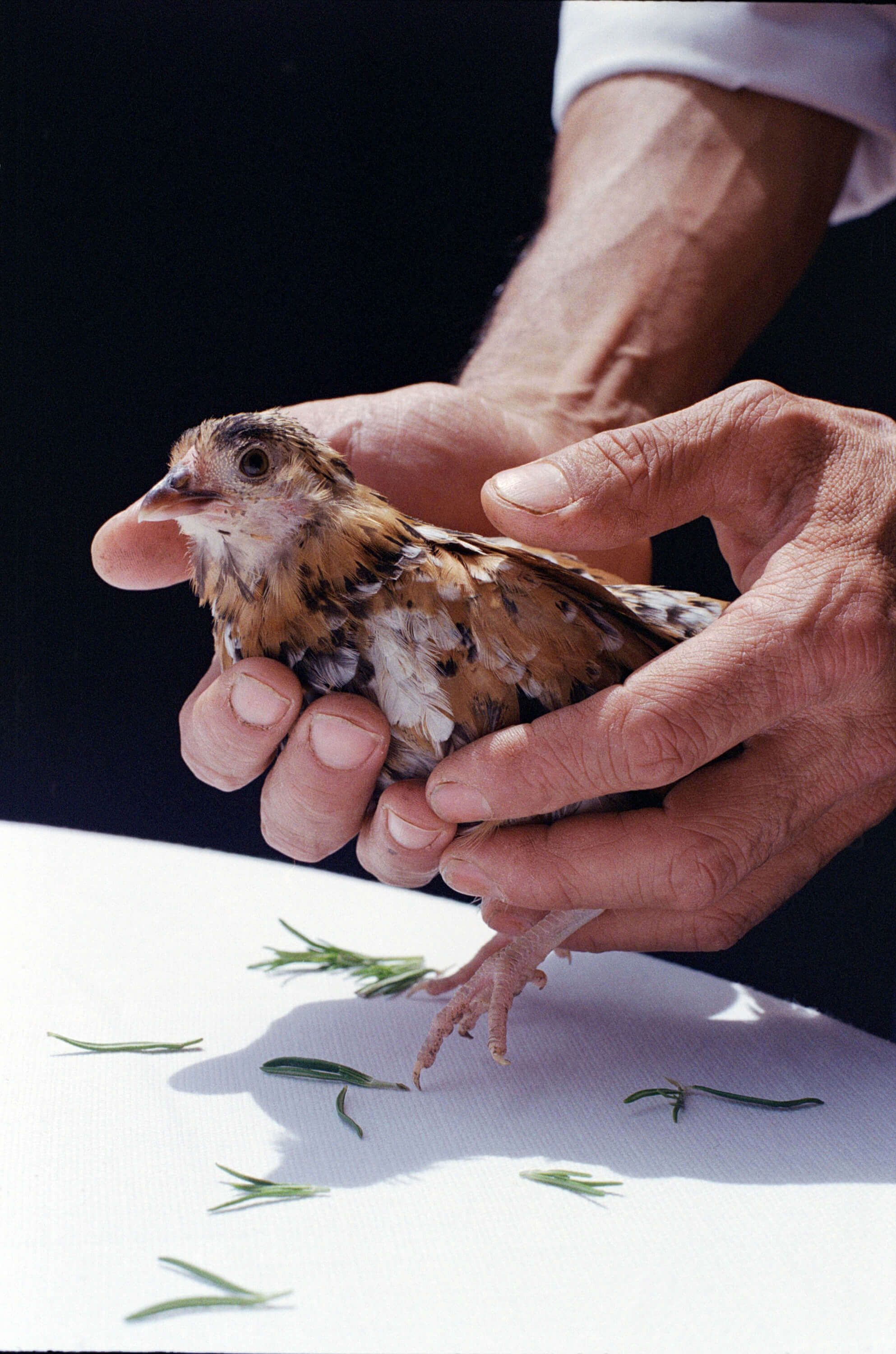It could all start from the magic, from the rite of scented water which chef Roberto Petza still remembers from his childhood. In an ancient land where the heat burns barrenly and in the meantime mixes with the tombs of giants and the Mamuthones masks of Sardinia’s remote sheep farming culture, once upon a time housewives used to collect flowers and herbs in the countryside to scent the water while they recited their prayers. This liquid was then left to marinate overnight and the day after was used to wash away impurities and the evil eye from all the family. Then, with the same herbs, they prepared soups and salads, in a sort of virtuous circle. This story is just a tiny piece in the great game of Sardinia. Other enchantments are yet to come.
Like the magic of opening a restaurant in the middle of nowhere in the Cagliari hinterland, in Siddi, and suddenly discovering that you’re one of the most fascinating chefs in the world. With his S’Apposentu, Roberto Petza embodies the island past and present. He has the age-old legends of Sardinian culture in his blood, but also the desire to transform them into contemporary cooking. “When I was little, my dream was to carry on my grandfather’s trade, joinery, but my parents thought that the work was too hard and strenuous. So, unbeknownst to my mother, at the age of 14 I enrolled in catering school. After tasting the world, halfway around Europe, Asia, Africa and South America, in my thirtieth year I decided that the time had come to return home, and carry on my revolution in Sardinian cooking!” The various stages in his career are known from the biographies in the Michelin guides: in 1998 he opened S’Apposentu in San Gavino Monreale, his home town; in 2002 he then opened in Cagliari; and finally, for a fresh start, in 2010 he moved to the historical region of Marmilla, to start on that path that brought him to Siddi and his sophisticated take on Sardinian cooking.
At the moment, Petza seems to be the only cook who really wants to throw open Sardinia’s golden treasure chest, and make it explode. It’s a strong metaphor: him digging with his bare hands in earth full of worms and flowers, dry soil and animals’ sweat, to uncover its treasures. His cuisine takes shape from the sublimation of culture. Petza is a distiller who obtains the pure essence of Sardinian cuisine, the best, but only after sweating blood as he explores and studies it, sifts through it and safeguards it in a still. As Sardinian scholar Roberto Flore – who has worked for years at chef René Redzepi’s Nordic Food Lab in Copenhagen – recounts, “this land has all the elements to try out new things, while recalling its magical traditions”.

There are no end of examples for those who dare: casu marzu or casu fràzigu (literally, rotten cheese) is sheep’s cheese containing cheese fly larvae to boost its brave consumer’s protein levels; suckling goat rennet cazu de crabittu is of Neolithic origin and has been part of Sardinian cuisine for over 700 years; the shepherds of Barbagia’s highly characteristic fiore sardo cheese at times displays a most anti-modern, brutal smell and taste, especially when very mature; then there are the sheep’s guts and blood used in archaic rites, always cleaned and boiled. Instead, for lovers of the vampire genre, a delicacy is the sheep’s blood sausage, sambeneddu, from the island’s interior: the blood is cooked inside the sheep’s stomach, adding salt, thyme or other aromatic herbs, onions and the unleavened bread, pane carasau (historically recalling the crumbs of harasau bread stored in the semi-nomadic shepherds’ sacks); then it is made to boil again and cooked in a pan with pennyroyal mint. Finally, it is left to dry out and mature to become a salami.
While casu marzu and cazu de crabittu are regenerating and reinvigorating aphrodisiacs, in the past Vernaccia wine and drunkenness were prompted divinatory acts, sacrifices and merry feasts to shoo away evil spells or to win over demons. In Cabras, palaeobotanists recently discovered vine seeds from 3,000 years ago, in wells dug out of the rocks by the inhabitants of the time to store food. In these “early refrigerators” they also found walnuts, hazelnuts, fig seeds, pine nut cones, pulses, venison…
Sardinian cooking is therefore extreme adaptation to the land, something which Roberto Petza was born into. For years he has wallowed in this age-old fermentation of dairy products, the lengthy, underground cooking times of suckling pig or porceddu, and the primordial simplicity of fregola (semolina, water and nothing else) in broth, a dish that has now disappeared from grandmothers’ kitchens. These wonders are taken up again on the menu at S’Apposentu and adapted to the present day, in terms of tastes and cooking techniques, like the first farriers did with iron as soon as the Bronze Age was over. Take, for example, the homemade saffron ice-cream, which the chef uses to create a dessert using the few sweet elements of the Sardinian tradition: saffron, the ricotta of baked formaggelle and the gattò or almond brittle.
How many cries of envy can you hear from other parts of the earth where you can count their precious ingredients on the fingers of a single hand? Petza answers proudly: “In some work a few years ago by University of Cagliari researchers it emerged that in a municipality in Goceano there were no less than 57 types of plants used for culinary purposes. There are lots of examples and of course we can’t forget s’erbuzzu in Gavoi, a soup that uses twenty types of wild herbs picked in spring by the women in the region of Gennargentu”.
It is not just its products, but also Sardinia’s stories and storytelling, trademarks of the archaic taste for marketing peasant folklore, as well as wild mixed leaf salad and food to chew on from Michelin-starred menus. It is the mystical, religious and ceremonious aspect that also arouses curiosity in the ancestral relationship between cooking/food and religion. Again the chef from Siddi tells us where to find the most energetic and mysterious places close to his restaurant: “On the Giara di Siddi there is a giant’s tomb from the sixteenth century B.C., while in Baradili there’s the fountain of Santa Margherita, dug out of the rock in the nuragic period; and finally there’s the Sa Fogaia park in Siddi, a wood at the foot of a nuragic palace where until a couple of years ago I used to organize dinners with friends from all over the world.”
From here, it’s an almost natural step to pass to supernatural forces: the land of Sardinia is full of them. Religious traditions mix with pagan beliefs, joined by the common thread of the word “food”, giving rise to rites that have remained untouched in time: the bonfires of de piricoccu, known as the herb of Saint John, picked in the moonlight and kept for a year to chase away envy from the door and then feed the purifying fire. It’s an example originating from the ancient custom of using toxic plants to hunt: euphorbia (lua) was used to kill eels and fish, giving rise to the exclamation parece alluao!, “you look poisoned” or in a state of confusion. Or the appearance of su nenniri, the grain germinated in the dark by the women during Holy Week and then thrown off cliffs, a practice connected to the mysterious pagan cults of the Greek god Adonis. And then, going on and on, fires and masks, the continual embrace of pagan and Christian culture, divination of the Sun god and the cult of water, sacred resources in every remote corner of the Mediterranean maquis.
Shout “Sardinia” and an ancestral cuisine quietly emerges, made of centuries-old rites and beliefs, which we almost risked losing in recent decades under the influence of globalization, the rejection of our origins and the desire to keep up with the times, while mystifying the past. Roberto Petza continues in his search to discover and glorify those products that are part of the centenarian islanders’ diets, abounding in pulses, wild herbs and unusual meats such as mutton, a heritage that unfortunately is relived on few occasions. His is a cultural investment to make it understood that industry is not the way to go in Sardinia, and that what’s needed is investment in farming and food.
Besides, the very existence of a story such as that of the demon Ammutadori is telling in itself. Striking when its prey is asleep, it causes a sensation of anguish, suffocation and oppression. Once, because of this demon, Sardinian shepherds were afraid of nodding off, in the shade of a tree perhaps, for fear that the demon would attack them, and maybe strangle them while they were asleep. It was thought that this phenomenon took place in the moment between wakefulness and sleep, or vice versa. In this particular phase, the body is asleep but the mind still conscious. And so Roberto Petza no longer sleeps: he cooks the demons of the past and transforms them into the food of the future.

